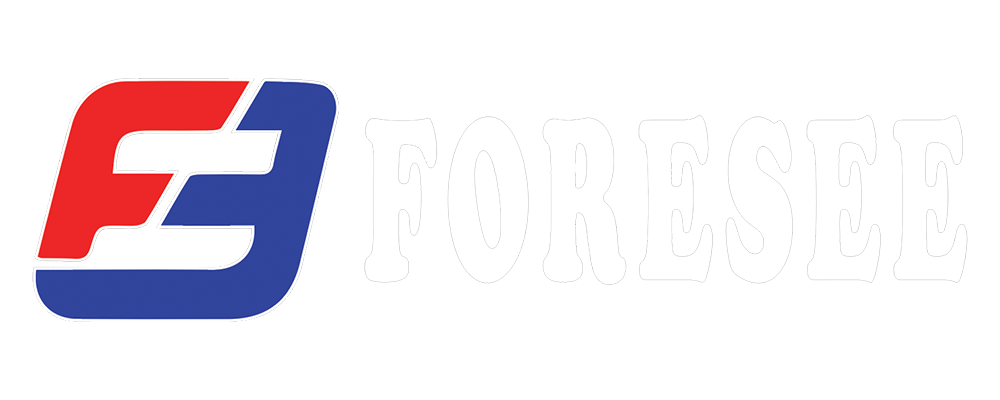In the context of welding electrodes, AWS (American Welding Society) classifications consist of a series of numbers and letters that denote specific properties and characteristics of the electrode. Here's a breakdown of the digits typically found in AWS classifications:
-
Prefix (Optional): Some classifications may start with a letter or letters that indicate specific characteristics of the electrode, such as the type of coating or intended welding process. For example, "E" indicates an electrode, "R" indicates a rod, and "ER" indicates an electrode or rod used in gas metal arc welding (GMAW) or gas tungsten arc welding (GTAW).
-
First Digit (Tensile Strength): The first digit represents the minimum tensile strength of the weld metal in thousands of pounds per square inch (psi). For example, a classification starting with "60" indicates a minimum tensile strength of 60,000 psi.
-
Second Digit (Welding Position): The second digit indicates the welding positions in which the electrode can be used effectively. The positions are typically coded as follows:
- "1" indicates that the electrode can be used in all positions (flat, horizontal, vertical, overhead).
- "2" indicates that the electrode is suitable for flat and horizontal positions only.
- "3" indicates that the electrode is suitable for flat position welding only.
-
Third Digit (Special Characteristics): The third digit provides additional information about special characteristics of the electrode, such as the type of coating, welding polarity, or specific applications. This digit can vary depending on the electrode type and specific classification.
-
Suffix (Optional): Some classifications may include a suffix letter or letters that denote specific variations or versions of the electrode, such as variations in composition, performance, or intended use. The suffix is optional and may not be present in all classifications.
Overall, the digits in AWS classifications serve to provide welders and fabricators with important information about the properties, capabilities, and applications of welding electrodes, helping them select the most suitable electrode for their specific welding needs.

Recent post